DESIGN
+


Balmaceda is a tailored design studio dedicated to the manufacture of custom rugs in different sizes, shapes, colors and fibers. We work with a wide variety of knots and techniques to achieve our finishes and qualities. Each of our rugs is woven by the hands of expert artisans, whose skills and abilities have been passed down from generation to generation.
CREATION PROCESS
+
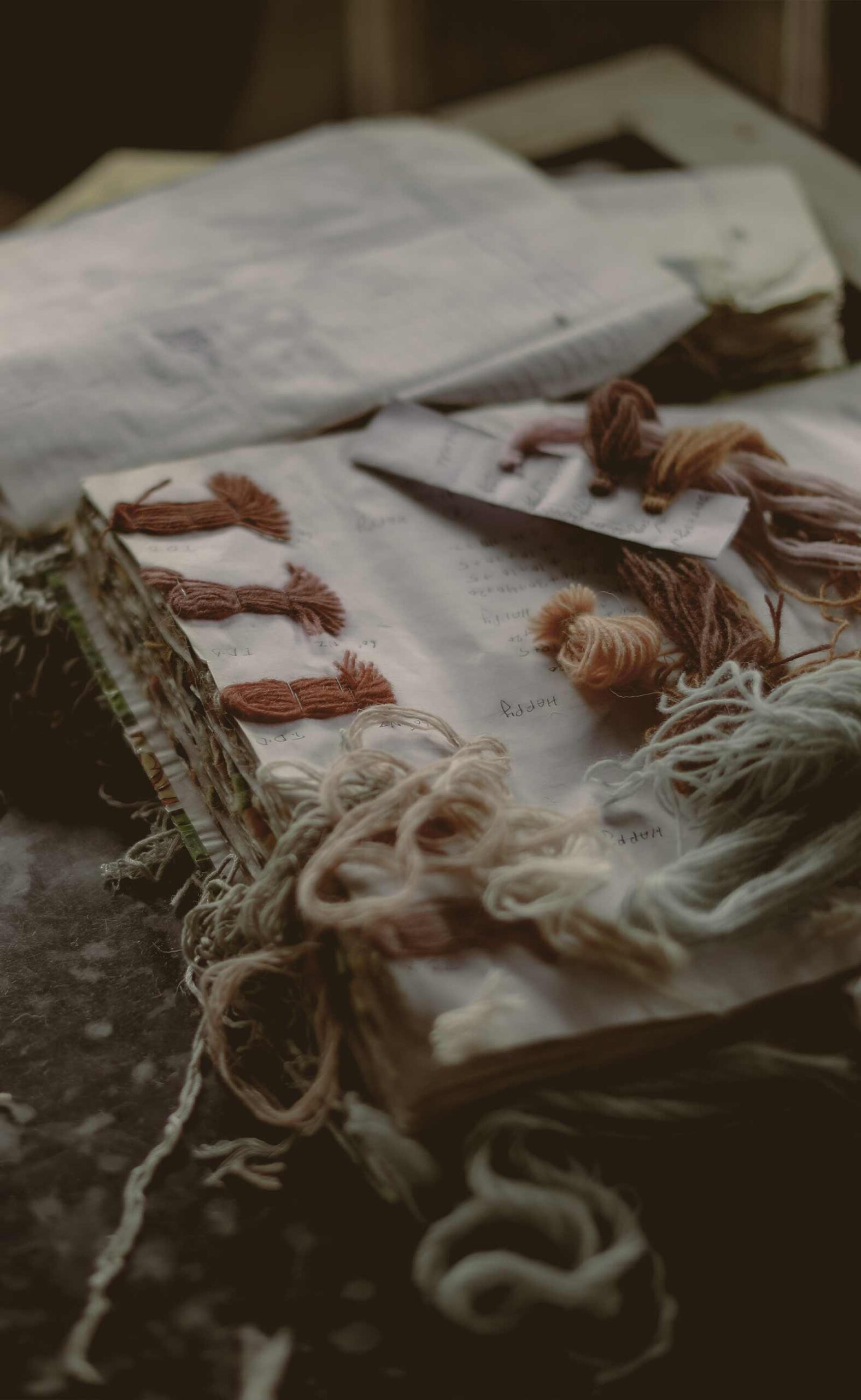

The selection of colors, fibers and knotting are defined according to the needs of each project. Each rug is unique in the process and it is complemented with a digital representation that visualizes the characteristics described above.
DYEING
+

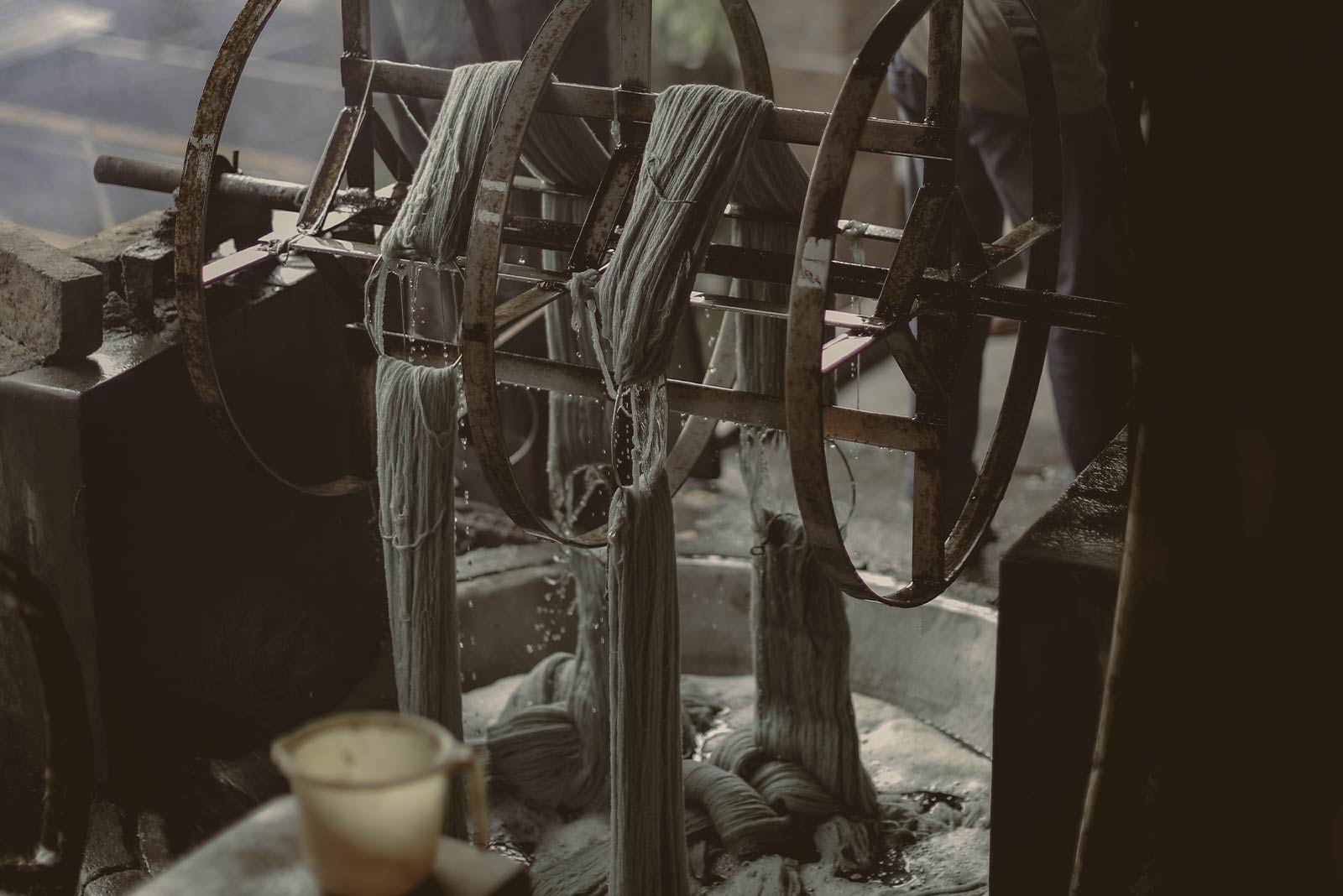
This process is done by hand, where the fabric is treated with a fixing solution, which will absorb the dye into the textile. Then the fabric is soaked in a dye bath. Each dye is prepared with mineral water, a key ingredient that helps to obtain precise and long-lasting colors. We have an extense number of colors to create the perfect combination in any type of fiber.
DRYING
+
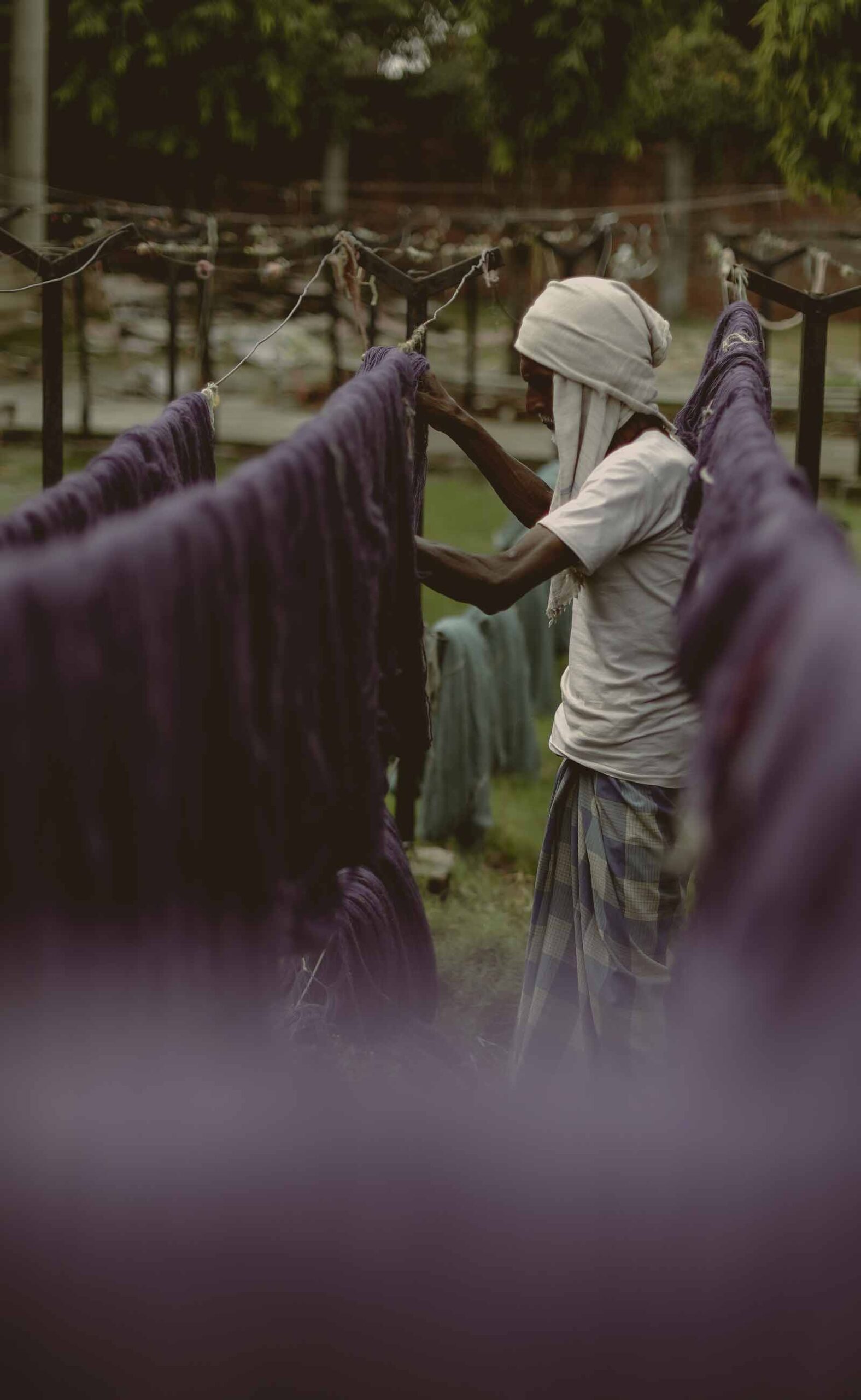
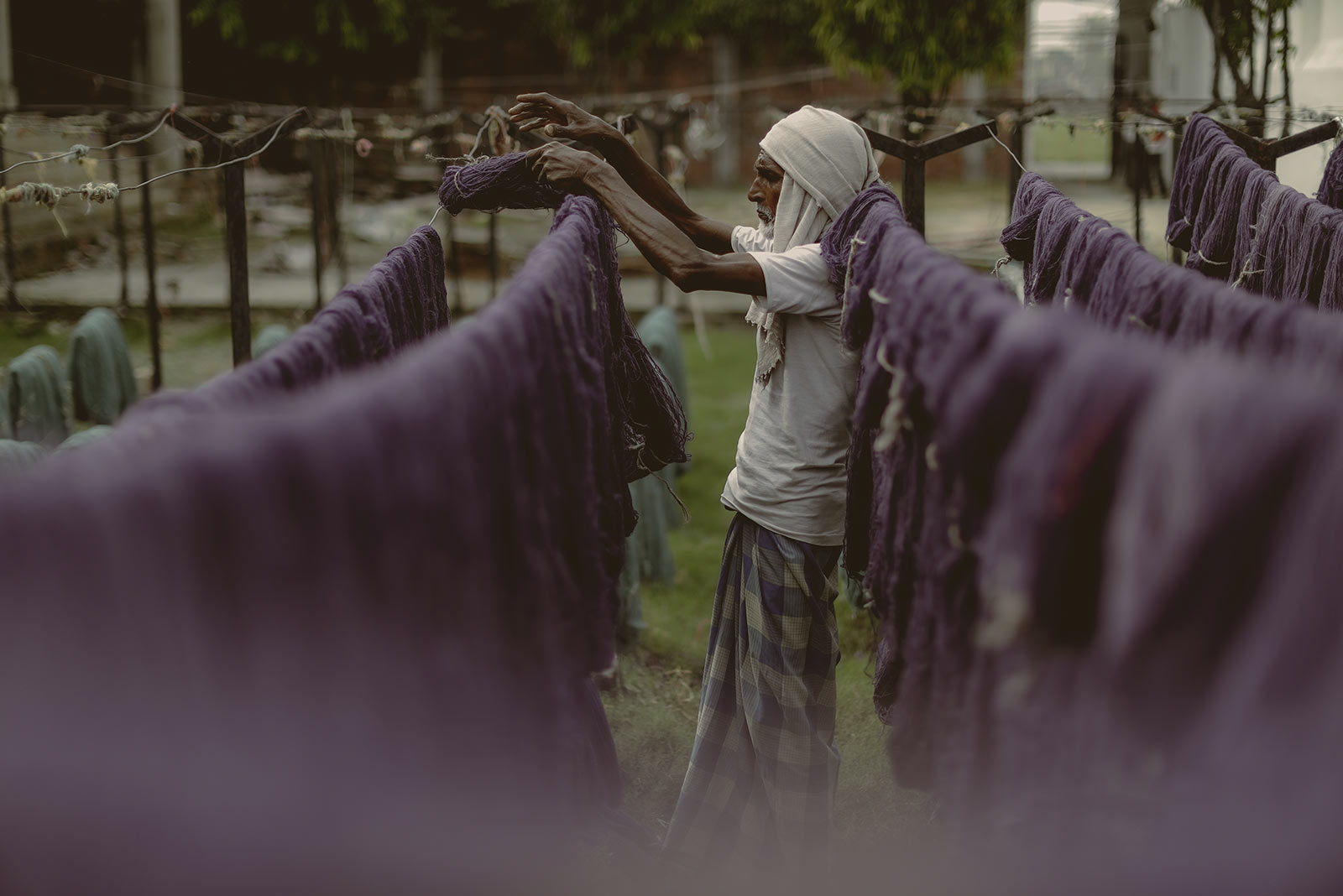
To remove any excess of dye, a second wash is performed. After this process, the fibers are dried in the sun. These fibers are then ready to prepare skeins to be sent to the weavers.
WEAVING
+
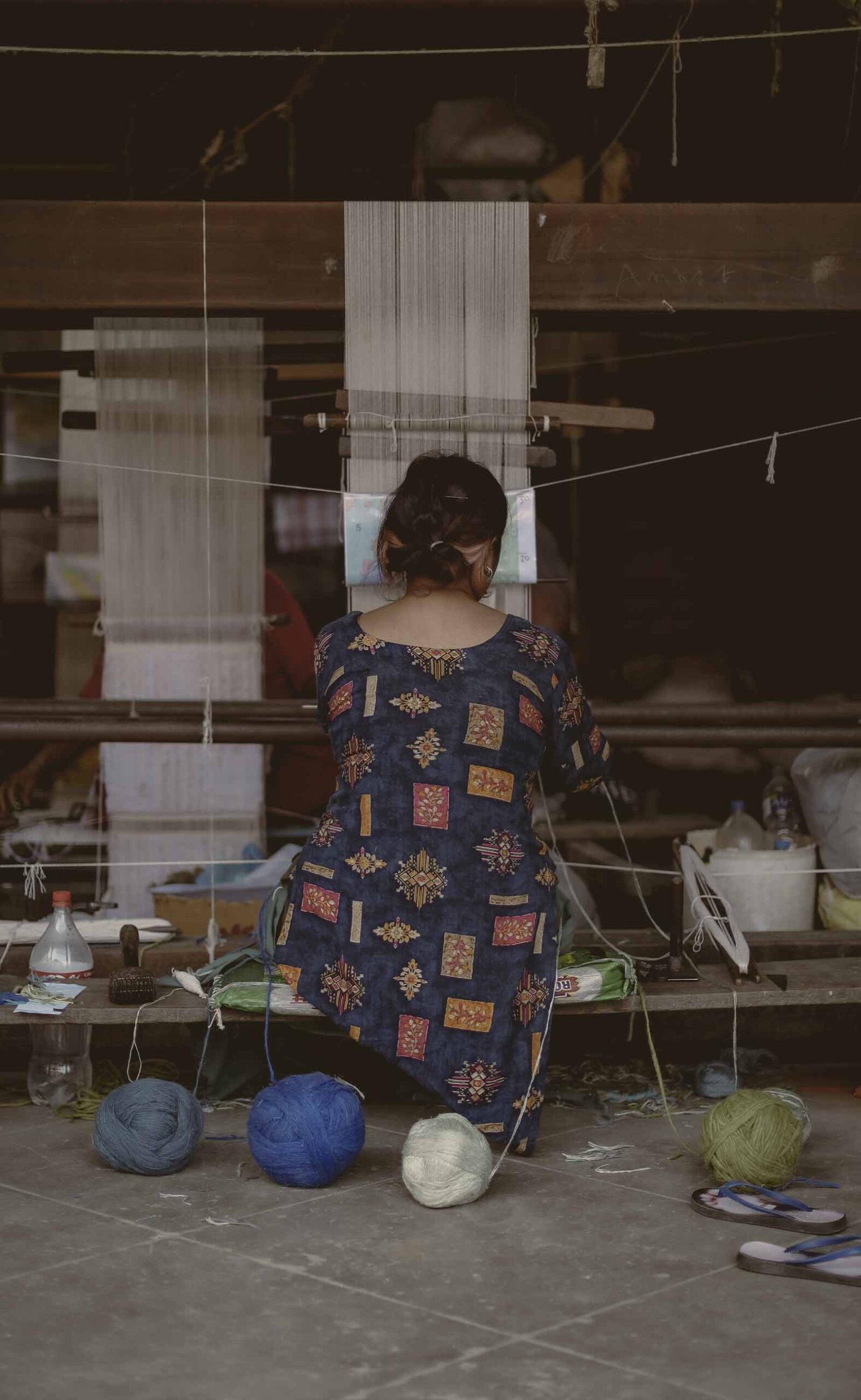
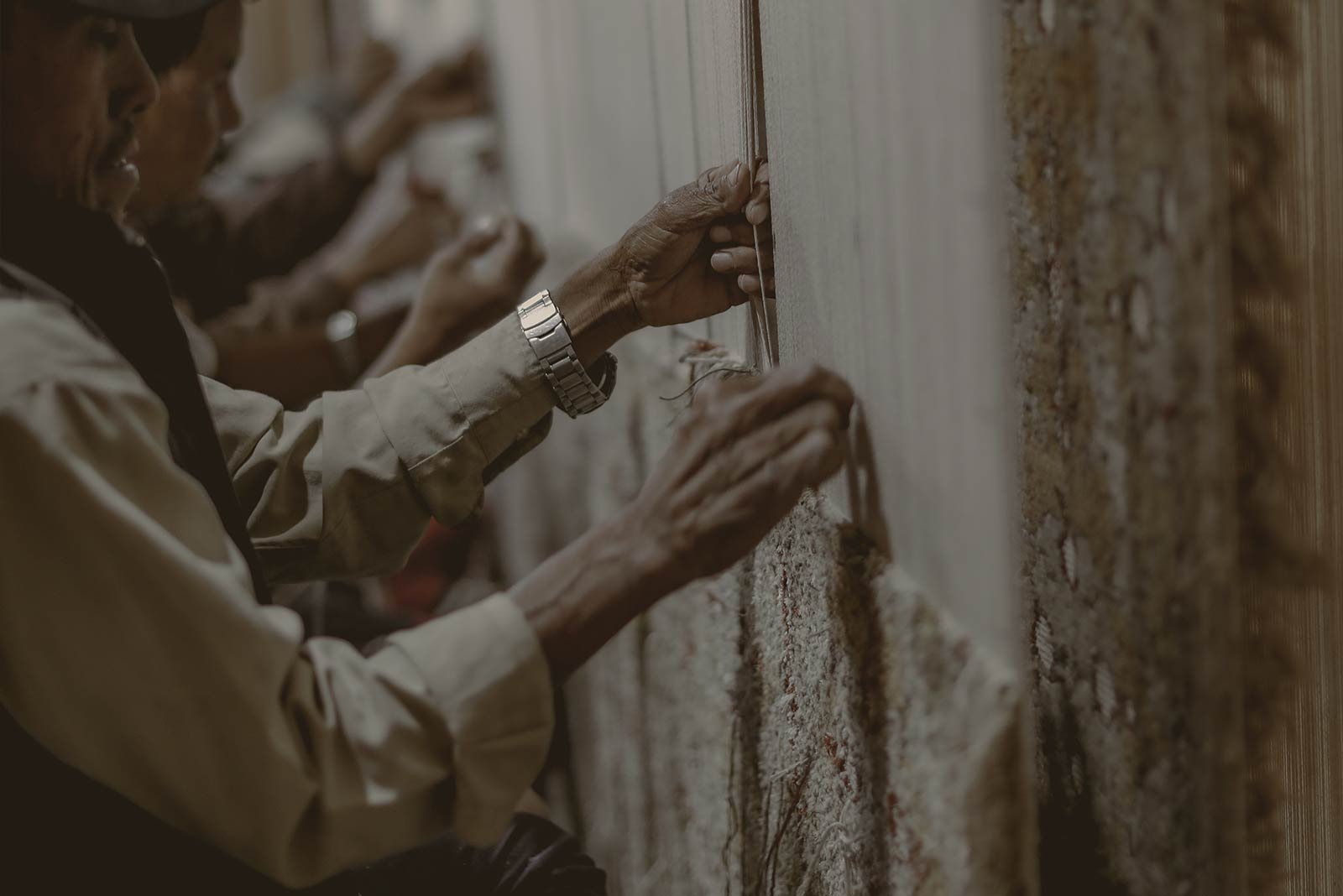
Tibetan rugs are woven with a special knot, very different from the Turkish and Persian technique in which each knot is tied individually and then cut. In the Tibetan technique each knot is formed by the previous and the next, a line can continue as long as desired.
SHAVING
+
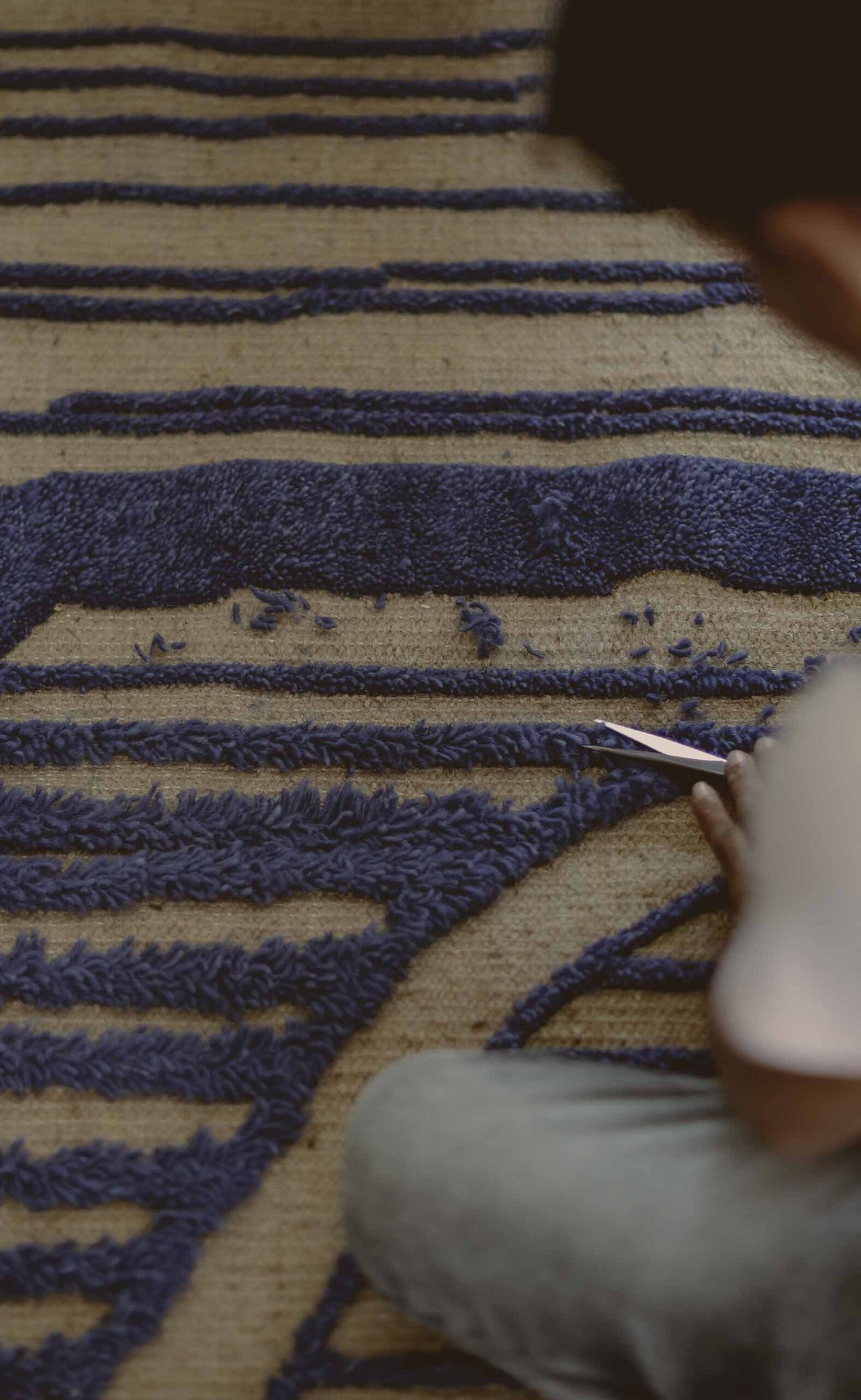
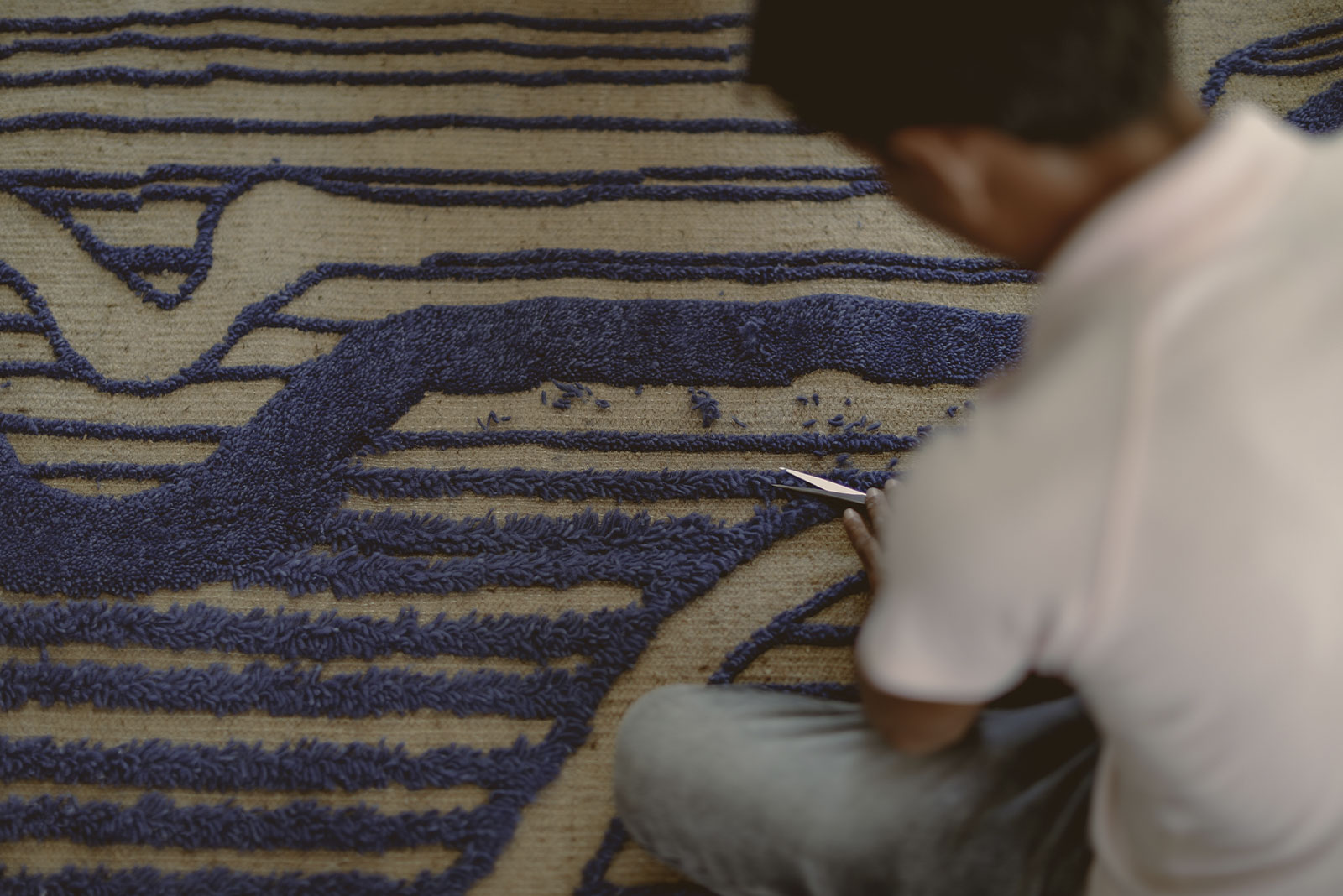
During the manufacture of a rug the weaver cuts the yarn a little longer than what is needed for the final product. When weaving the rug, the pile yarn has a different length and this gives a soft, fluffy and fuzzy impression. In order to give the rug a nice flat surface and to get a clear and crisp pattern, it is necessary to polish it with a shaving of these yarns. The pile is cut with scissors, a knife and a comb, this work requires extreme precision and a single mistake could ruin the many hours of work of the weaver.
WASHING
+
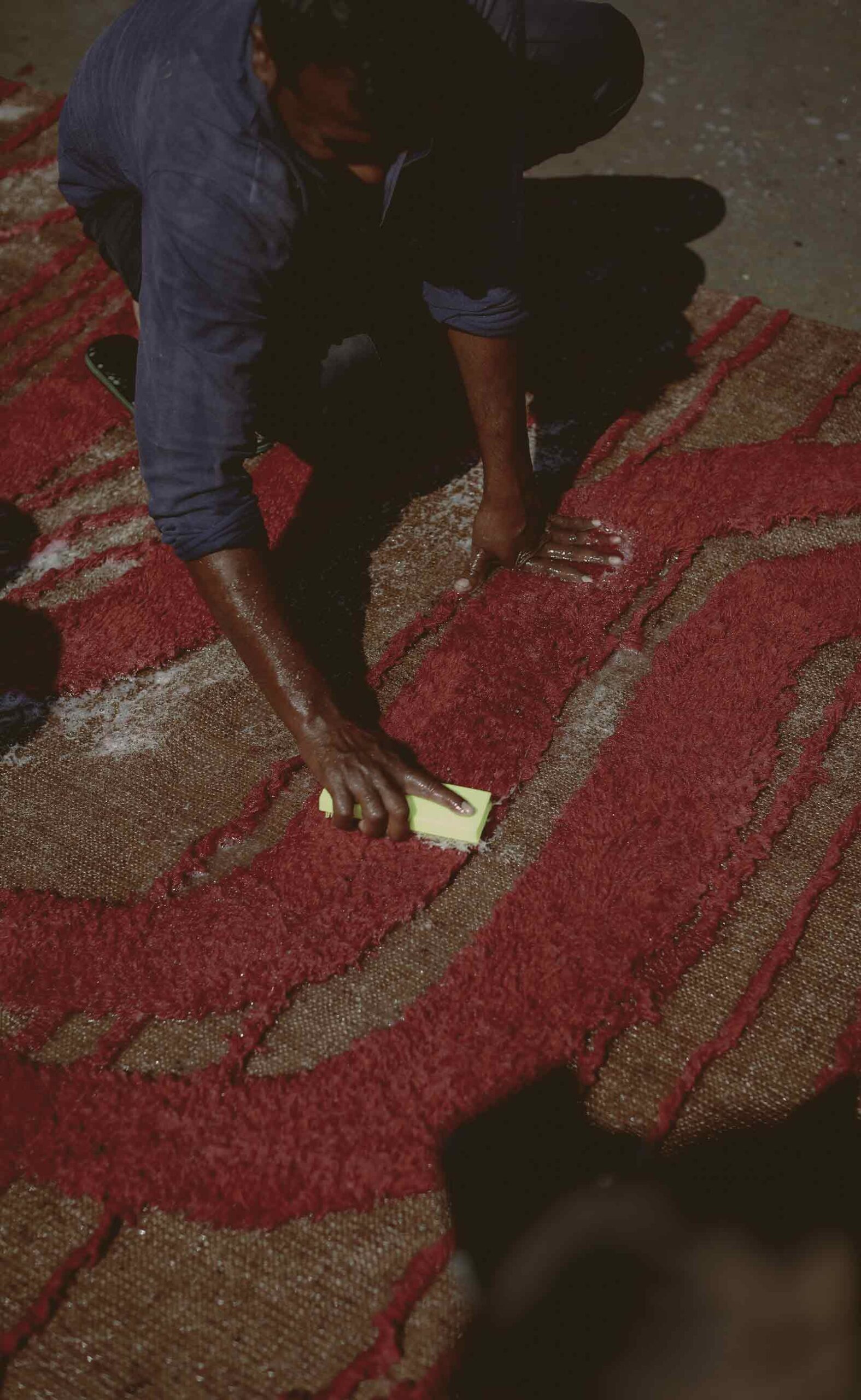
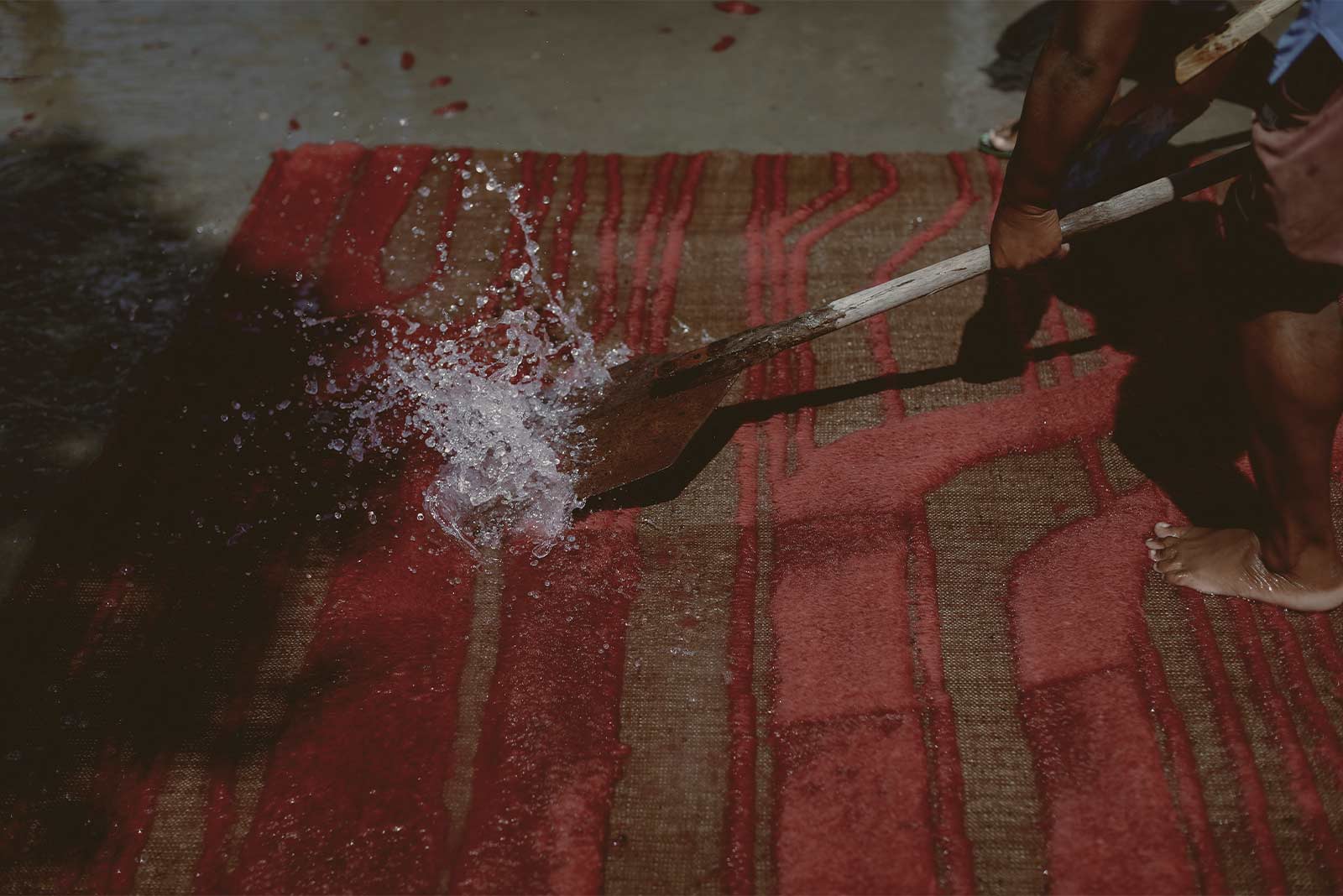
Once the rug is finished, it goes through a washing process carried out manually with qualified personnel and specialized biodegradable products, bringing out the original colors.
FINAL PROCESS
+
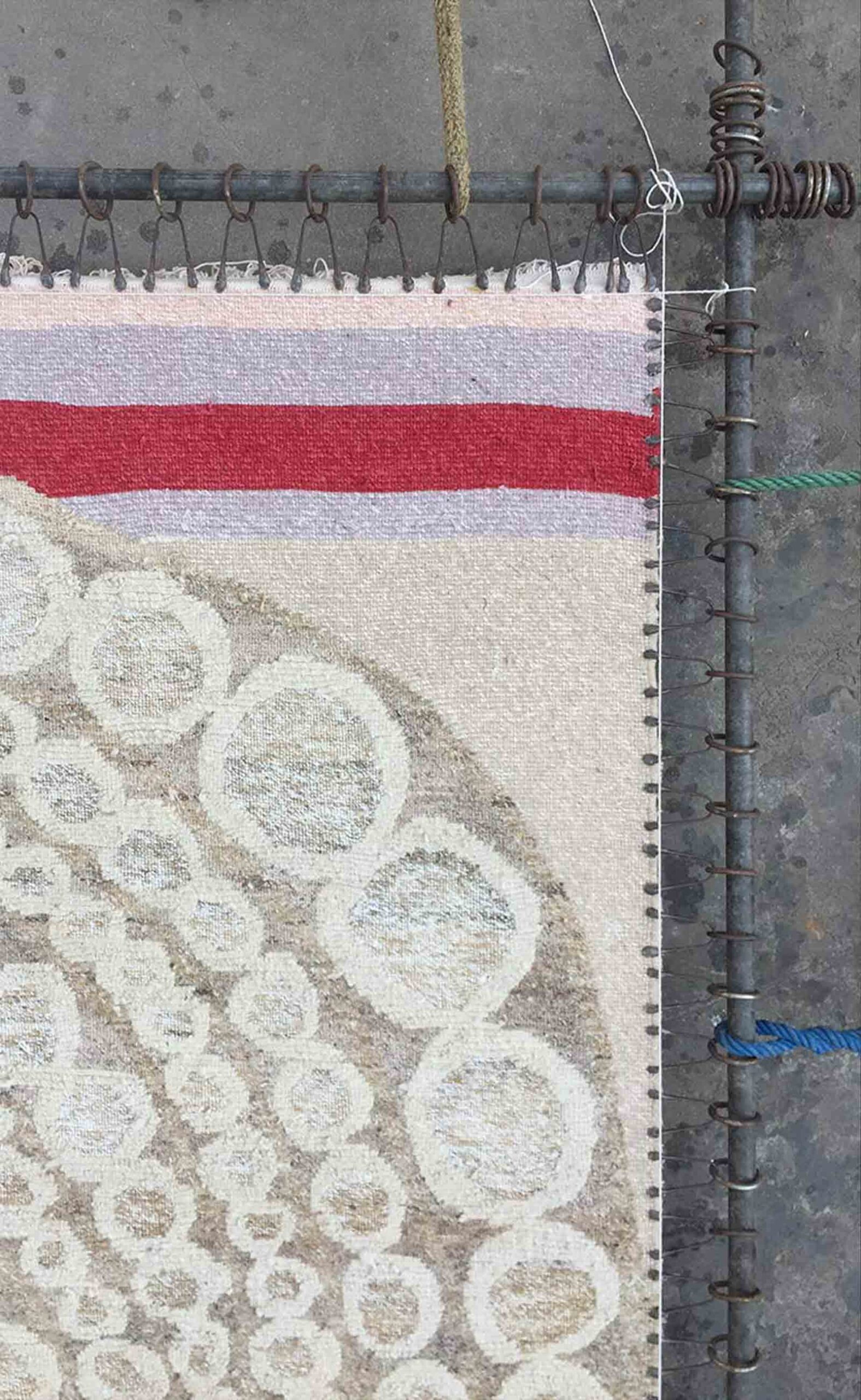
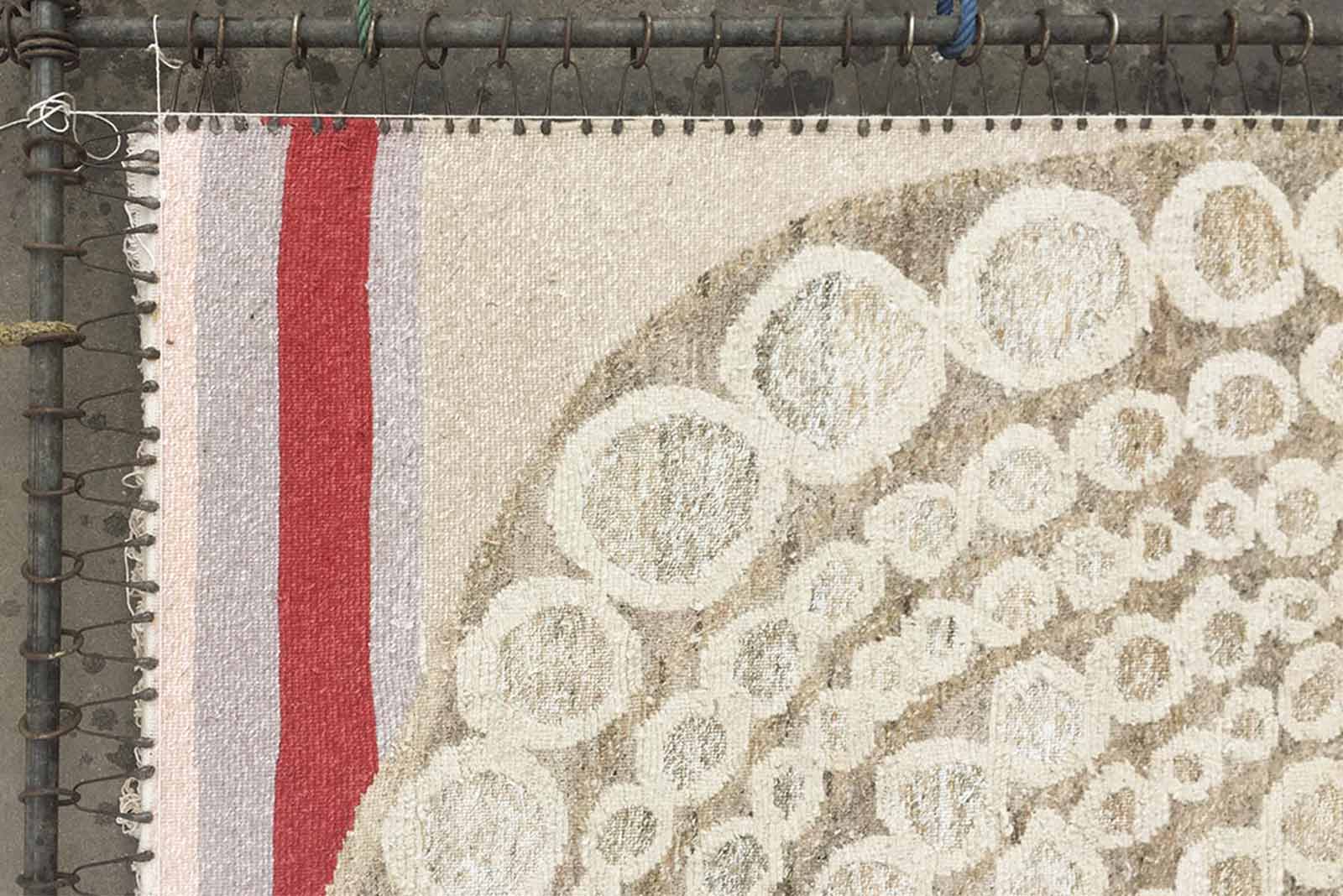
Once the artisan has completely woven the rug, it is washed and kneaded on the floor to stretch the fibers and achieve the desired shape and size. This is followed by a burning process, in which all the fibers are sealed to increase the life of the rug.
INDIA
+


Indian rugs are magical. Its history is millenary and has become a symbol of art and oriental ancestral tradition. Their colorful designs that have passed from generation to generation have been in charge of recreating the Hindu culture since the beginning of the XVII century.
NEPAL
+
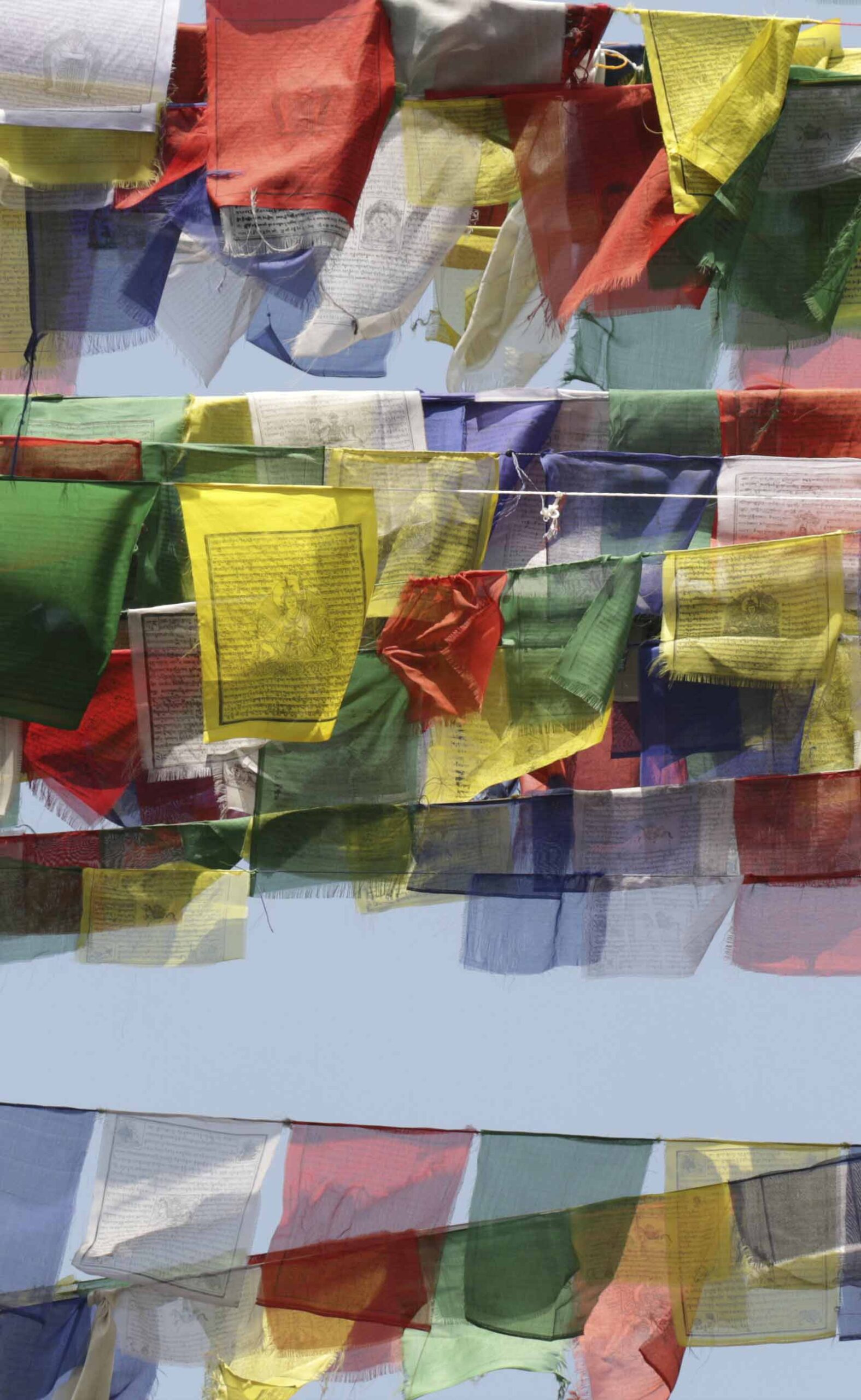
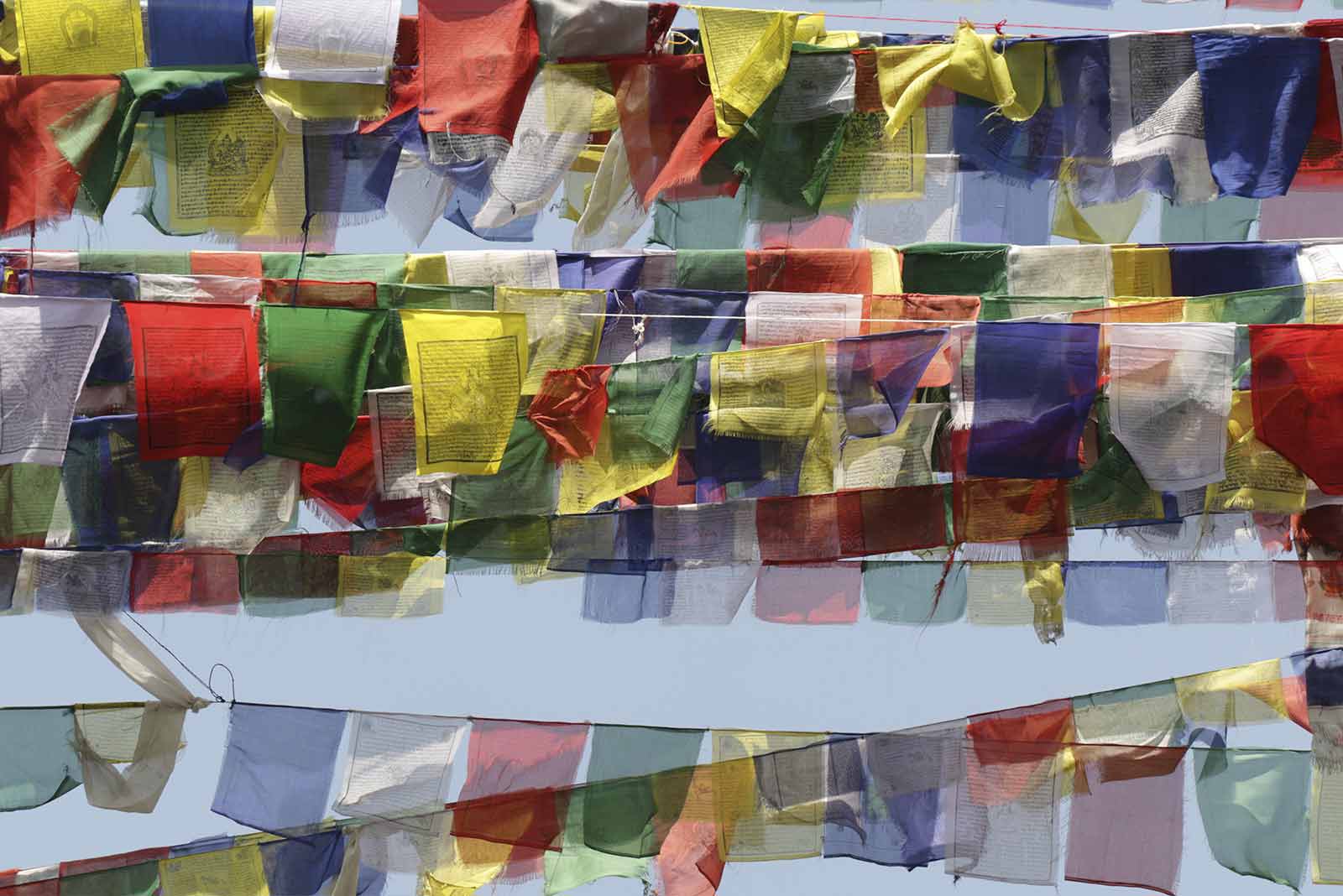
The weaving houses in Nepal are run by second generation Tibetan refugees who fled the Chinese invasion in 1959. Nepal is the only country authorized to import Tibetan wool.
TRADITION
+
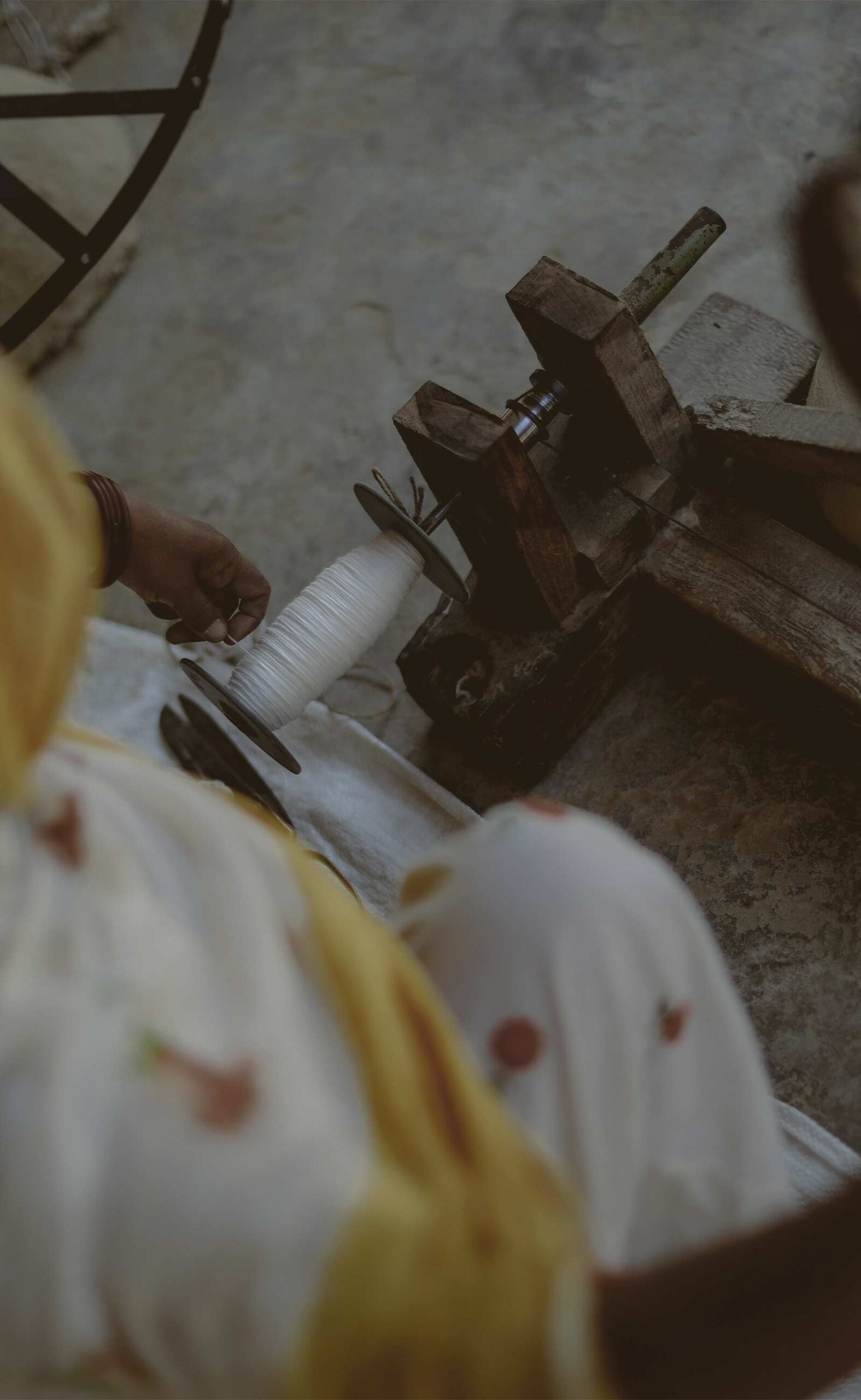
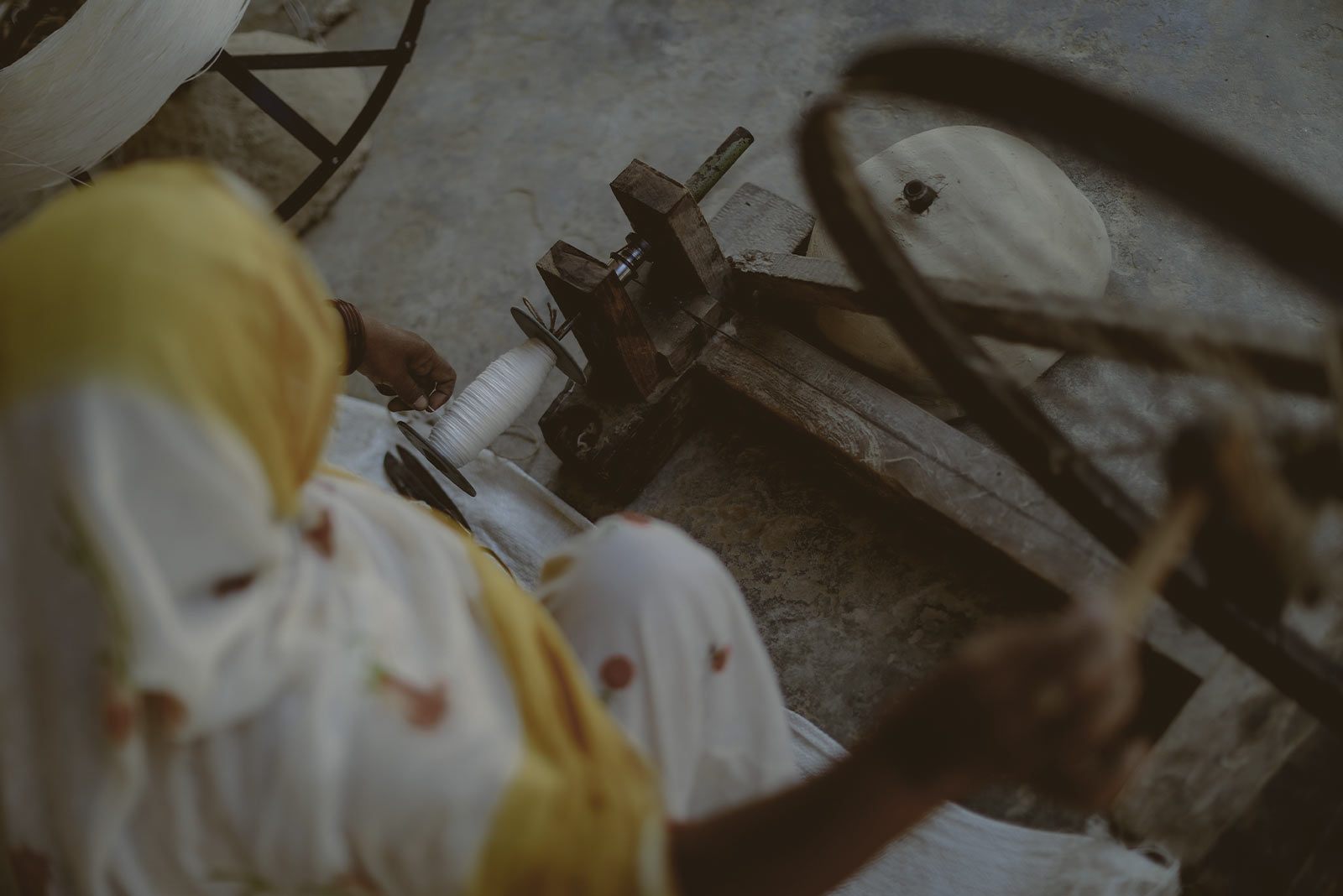
Although there have been great technological advances in other areas of craftsmanship, the art of rug making remains the same as it has been for more than a hundred years. The knowledge has been passed down from generation to generation, and the process is made up of numerous work steps that require the right skills.
SUSTAINABILITY
+

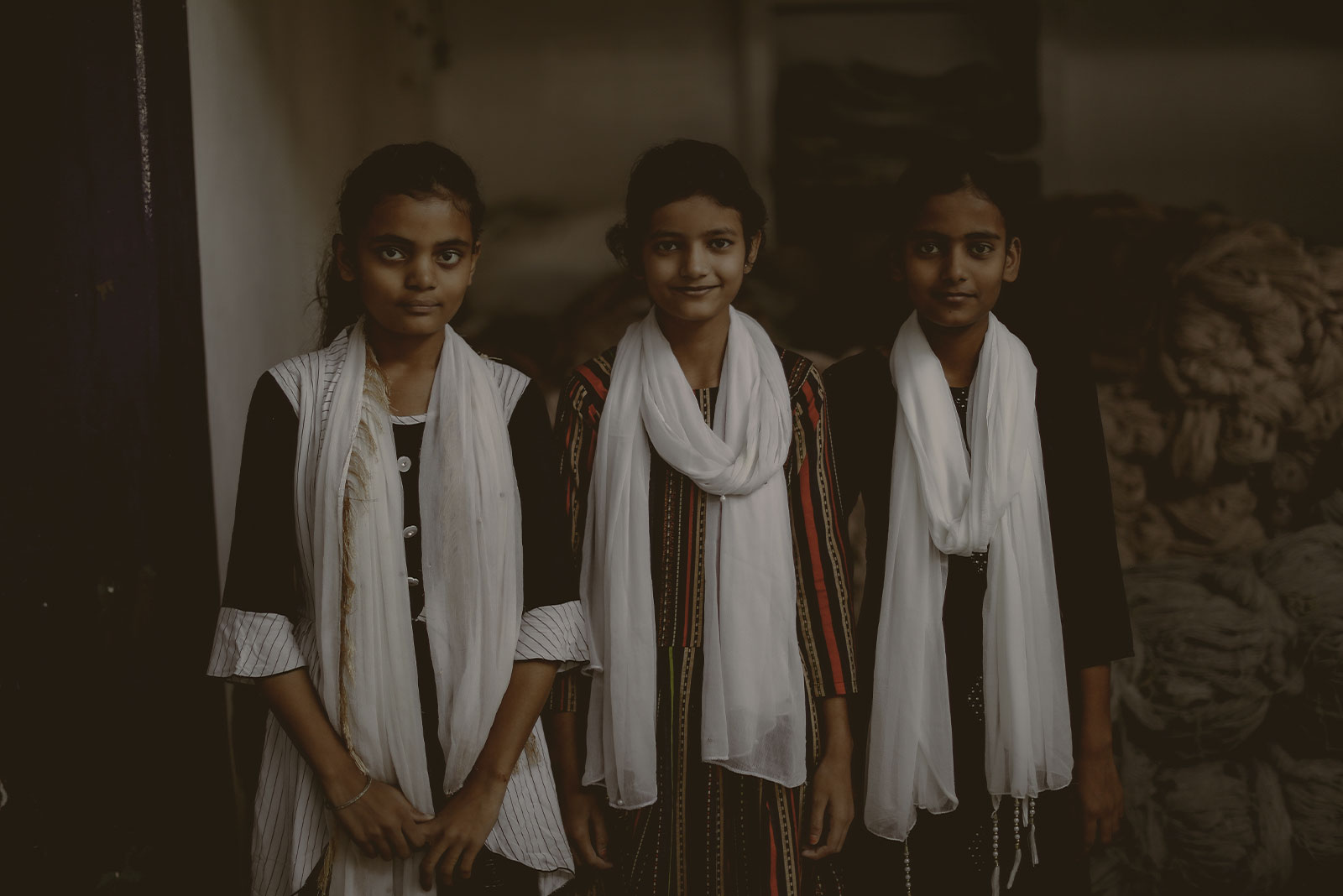
Our workshop promotes social, economic, environmental and artistic aspects. We have direct contact with our manufacturers, and collaborate in their creative process enabling us to procure and promote their communities, as well as their well being
FLAT WEAVE
+
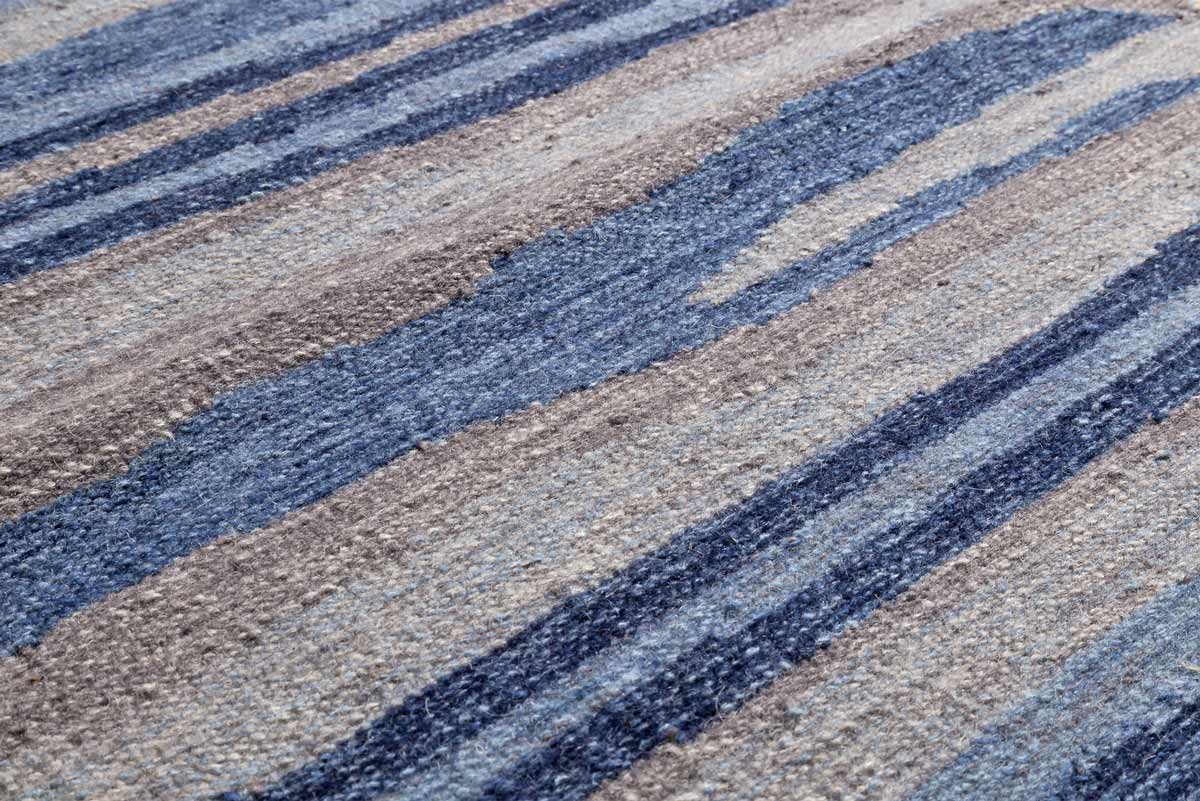

These are rugs made in a flat weave or without a knotted pile. They are composed of wool yarns for the weft of the carpet, usually made with cotton or wool. In the past, horizontal looms were used, supported on the floor. Later, metal looms and frames began to be used, but wooden looms used in ancient times in village workshops can still be seen.
HAND KNOTTED INDIAN TIBETAN KNOTT
+
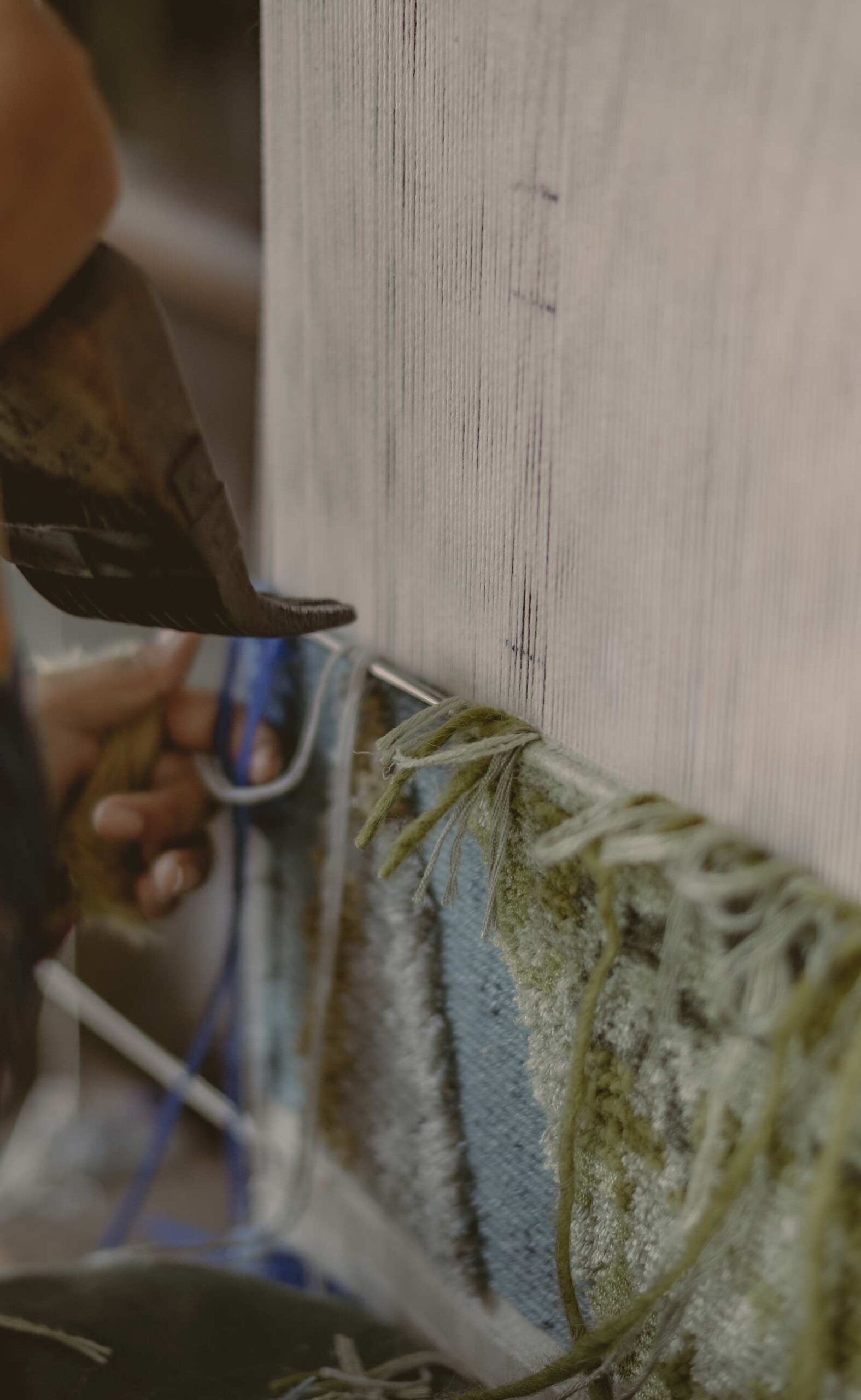
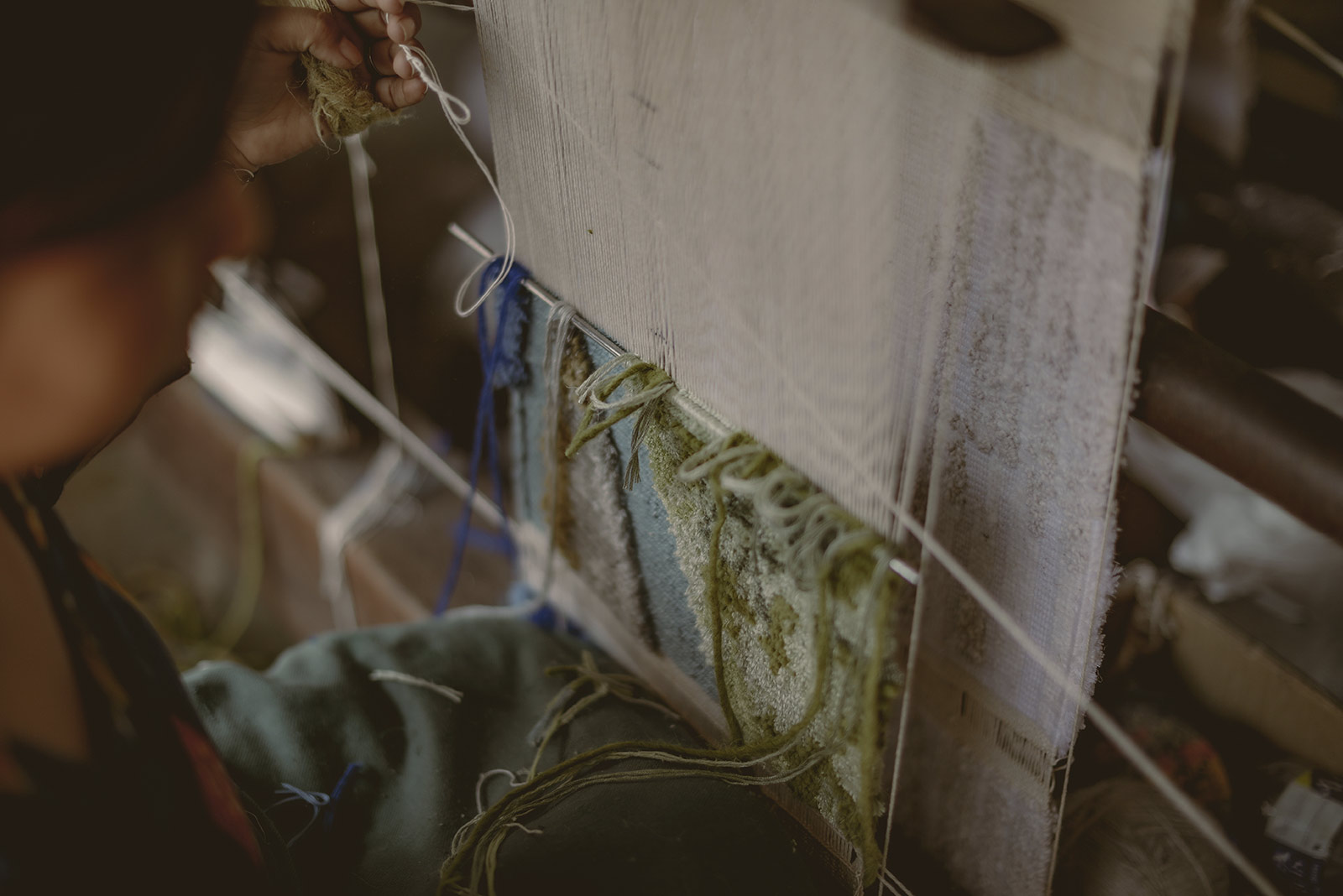
It consists of placing a wooden or metal frame adjusted to the size required for the final piece, which is placed in front of the weaver with threads mounted vertically, called “warps”. The warp can be dense, that is to say, it can have many or few threads, everything will depend on the final design of the rug to be made.
The weaving is done in a linear way and in order to make each knot, thread is wound around the base threads and a weft line or two must be passed through, thus securing the knot. The excess is cut one by one to leave the carpet texture, the length and shape is determined by the weaver.
HAND KNOTTED PERSIAN KNOT
+
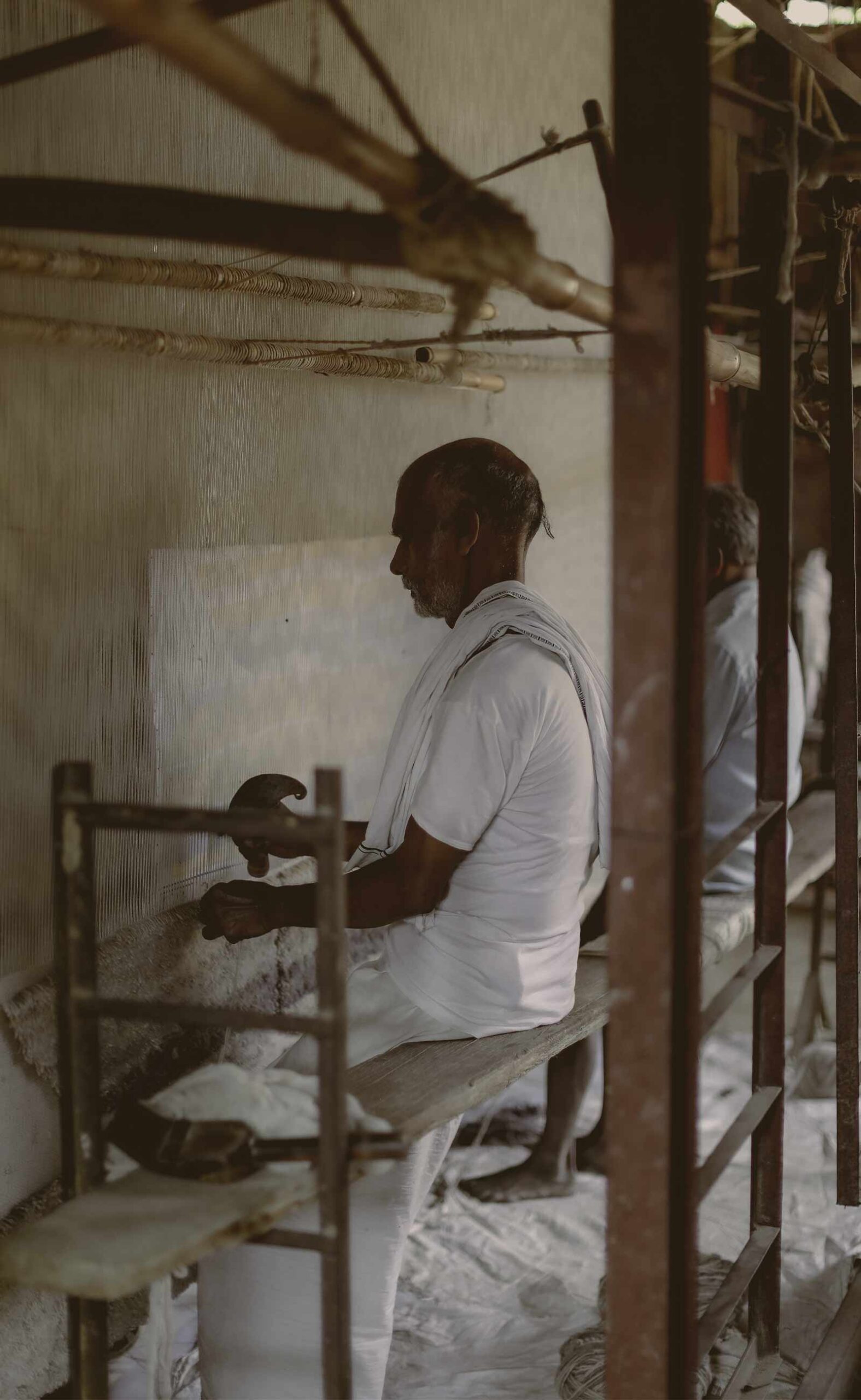
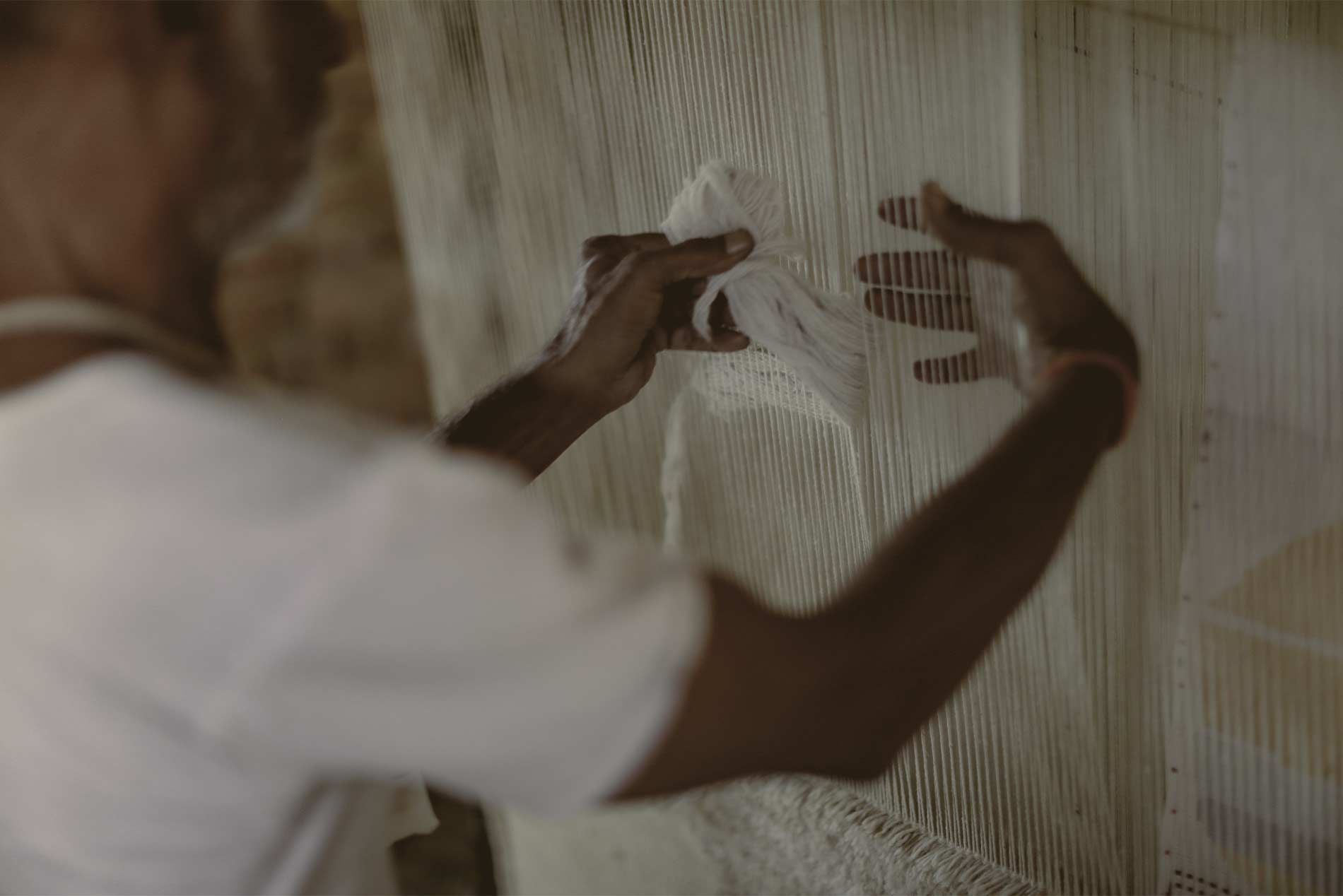
There are two types of knots: the ghiordes or turkbâf and the senneh, or farsbâf. The turkbâf is mainly used in Turkey and the Caucasus. The farsbâf (fars means “Persian”) is used mainly in Persia.
In turkbâf, the wool strand is wound around two warp threads, so that a spiral is formed, the ends of which reappear between the two threads.
In farsbâf, the wool strand forms a single spiral around one of the two warp threads.
HAND TUFTED
+
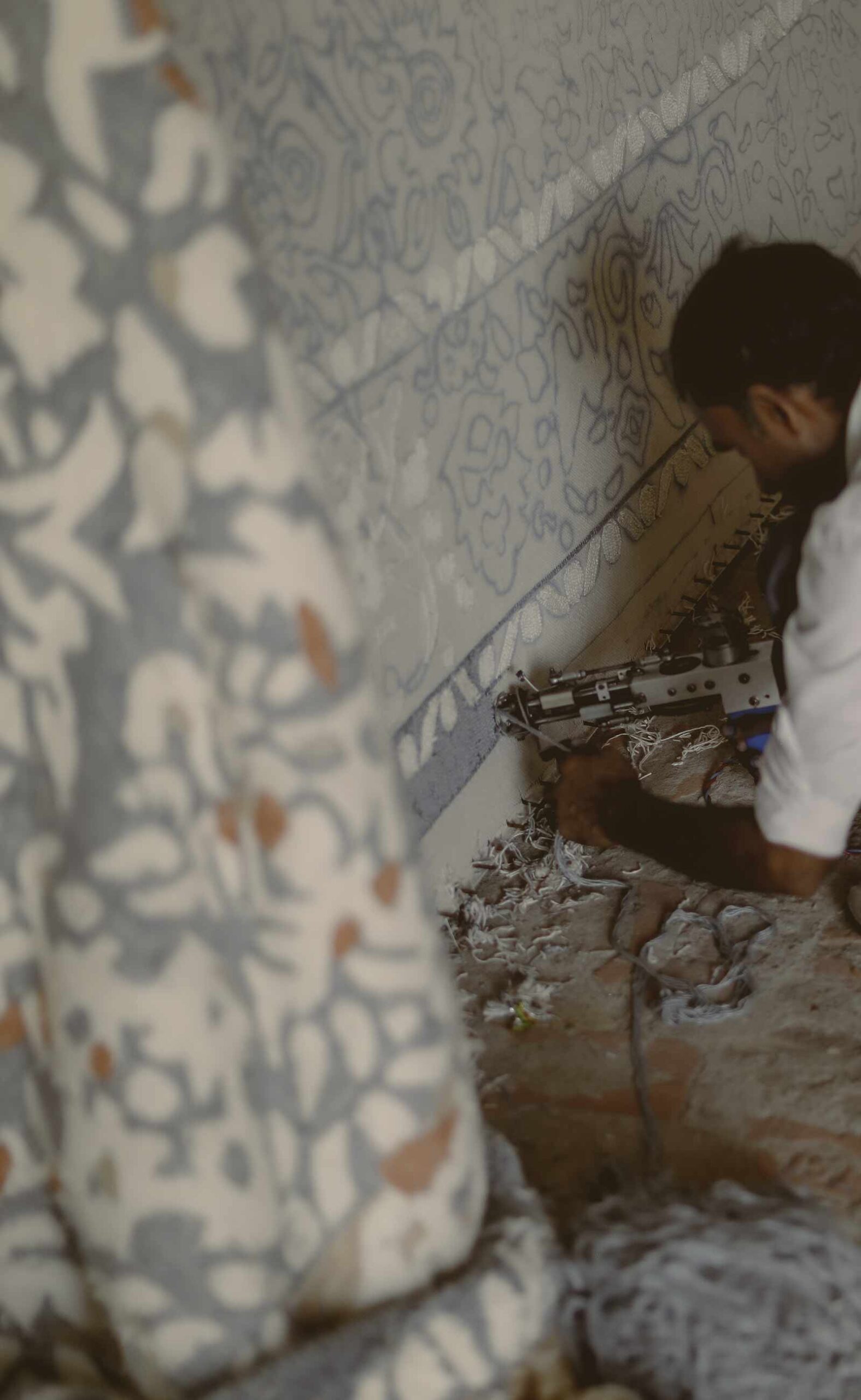

The method used is a process of puncturing with a semi-automatic gun that through a hollow needle, through which the thread is passed, goes through the previously tensioned base fabric. The thread is shot into it creating a stitch or loop on the other side of the fabric. These thread stitches will form the rug and will be as different as the design you want to create, since the finish depends on the type of gun, the size of the needle, the materials and, of course, the colors of the wool used.
HAND WOVEN
+
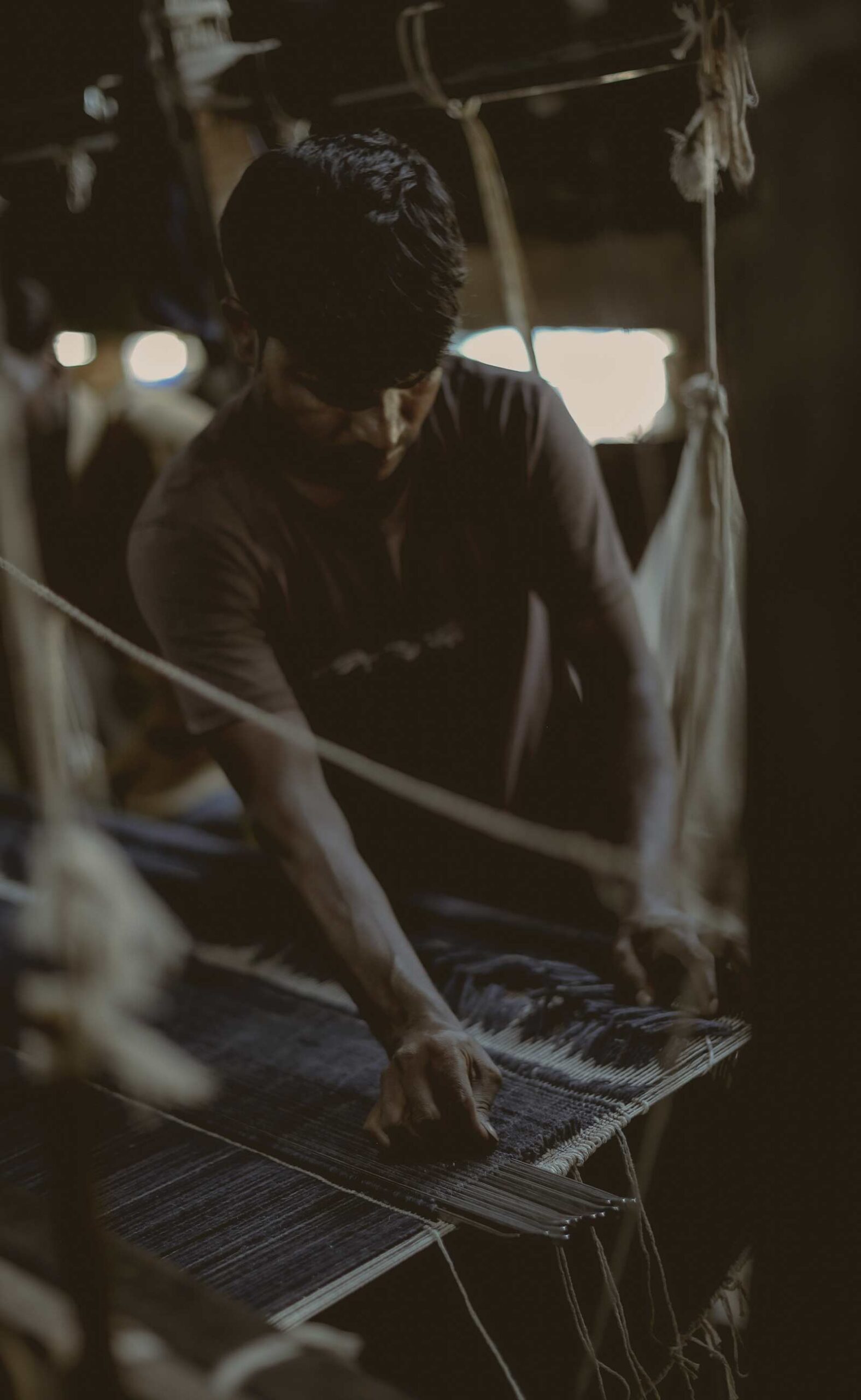
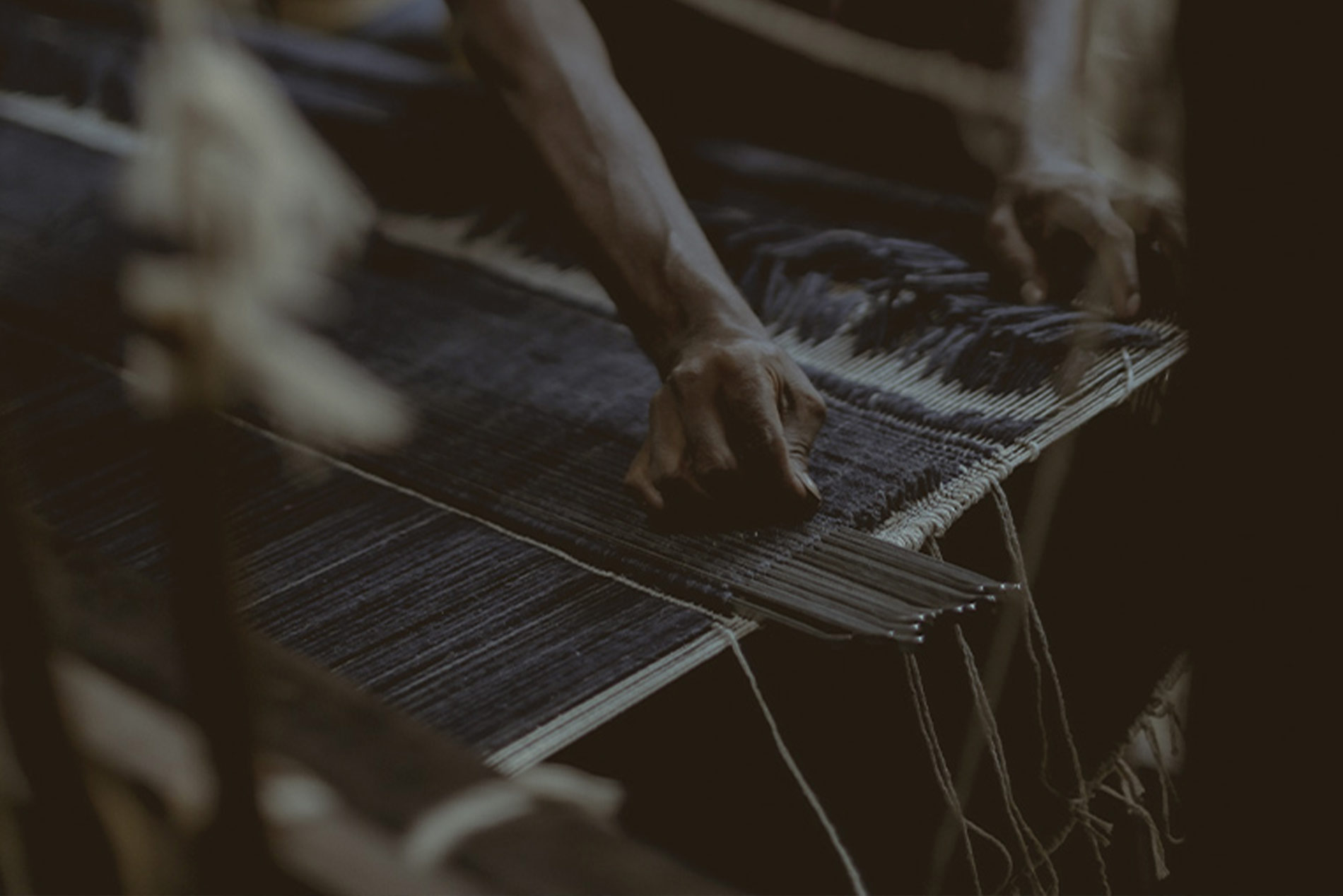
The pedal loom is based on a wooden structure where, with the movement of the hands and feet, each of the cotton and wool fabrics are spun. For the use of the loom, previously warped thread is needed, which is fastened to the crossbeam. Once the strands are fastened, each thread has to pass through the needles. By means of the disposition of the threads in each needle, the design on the fabric to be executed is determined.

DESIGN

CREATION PROCESS

DYEING

DRYING

WEAVING

SHAVING

WASHING

FINAL PROCESS

INDIA

NEPAL

TRADITION

SUSTAINABILITY

FLAT WEAVE

HAND KNOTTED INDIAN TIBETAN KNOTT

HAND KNOTTED PERSIAN KNOT

HAND TUFTED
